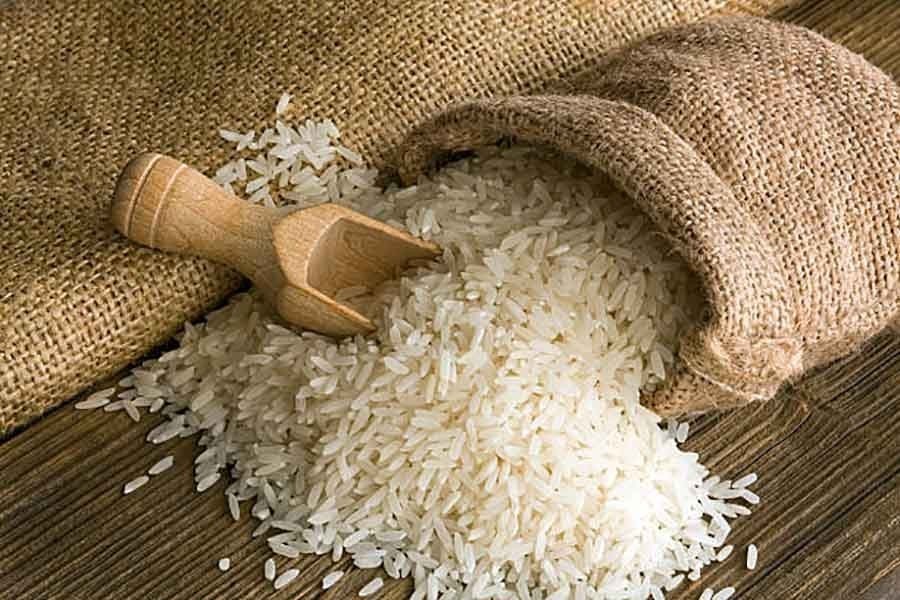
Published :
Updated :

That rice market often gets fidgety in the country is nothing uncommon. What is unusual about the price hike of the staple now is that it happens right at a time when farmers have just completed a record harvest of boro paddy. In March before the onset of the harvesting season, rice registered unreasonable price hikes despite no shortage of this primary food item in the market. Flimsy excuses were put forward by millers then to justify price increase of Tk 4.0-6.0 a kilogram of rice depending on their varieties. This time also rice has registered price increase of Tk 4.0 to 6.50 at the retail level.
What is the excuse this time for the sudden price spike that has caught poor and middle-income consumers -the majority of whom have experienced unprecedented loss or erosion of income on account of the pandemic-induced shutdown -off guard? This time the argument is that the government's procurement price has compelled millers to purchase paddy at Tk 1,000 a maund (37.32 kg) from farmers. From one maund, 24 kg rice is available and, according to them, price of a kilogram of rice, when husked, comes to Tk 41.50. Add to this Tk 2.0 as carrying cost, the price of one kilogram of rice comes to Tk 43.50. This claim is refuted by food experts who argue that the price should be within the range of Tk 36-39. The same rice is sold at Tk 49 at the mill gate. Thus the millers are unwilling to supply the 1.0 million tonnes of rice at Tk 36 a kilo to the government as agreed. At the retail level after exchange of a few hands, a kilogram of rice now sells at Tk 52-60 depending on their coarse and finer varieties. Their claim that transport cost has gone up on account of coronavirus no longer holds. In fact, transport owners and operators are in competition to make up the losses incurred during the long lay-off.
Clearly, the answer to the abnormal price hike lies in the profit margin the millers have set aside for themselves. How much profit they should garner from a kilogram of rice? It should not be more than Tk2.0-3.0. In that case, a kilogram of rice should not cost more than Tk 45-46 at the mill gate. At the retail level a kilogram of it should have been available at well below Tk 50. Unfortunately, the millers, middlemen and wholesale traders here are used to manoeuvring the entire process of procurement and marketing of the staple in order to ensure a hefty profit for them. Even in time of coronavirus pandemic they feel no qualms for taking undue advantage of people in distress.
It seems the millers are exerting a pressure on the government not to what they might term 'interfere' with the trading system of food grains. Before this harvest, they could deprive farmers of their rightful share in paddy price. For some years cultivators were compelled to sell their produce, incurring losses. The government's half-hearted procurement drive proved futile to give farmers the benefit farmers deserved. This year it has become incumbent on the government to ensure that the country faces no shortage of the primary food in the first place and for their performance in cultivation of a bumper crop farmers are amply rewarded. Millers, traders and middlemen are unlikely to take it easy. But, now is the time to monitor the market and take stringent measures against market manipulators for rationalising the rice price.


 For all latest news, follow The Financial Express Google News channel.
For all latest news, follow The Financial Express Google News channel.